For more than just pictures
From crop-health to precision chemical spraying, FIZUAS offers professional drones capable of increasing the accuracy and timeliness of your growing operations. Our drones are not here to tell you how to run your farm. They’re simply a tool to help bring your workflow into the future.
“NDVI is recommended when looking for differences in above-ground biomass in time or across space. NDVI is most effective at portraying variation in canopy density during early and mid development stages but tends to lose sensitivity at high levels of canopy density.” – Micasense
NDVI (Normalized Difference Vegetation Index) Uses:
- Plant Vigor
- Differences in soil water availability
- Foliar Nutrient Content (when water is not limiting)
- Yield Potential
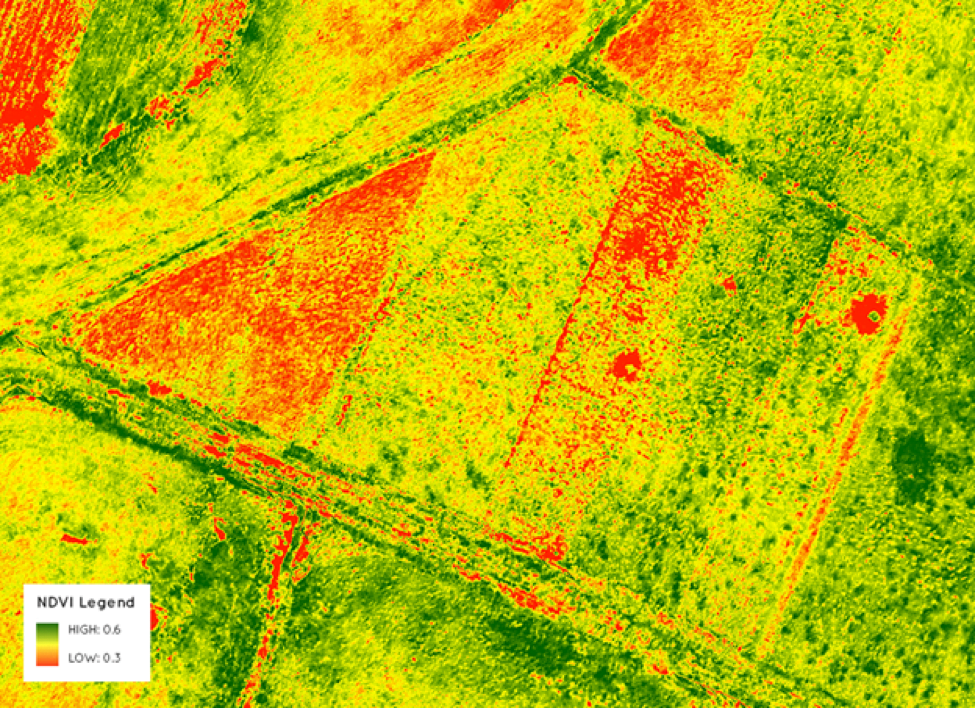
“NDRE is a better indicator of vegetation health/vigor than NDVI for mid to late season crops that have accumulated high levels of chlorophyll in their leaves because red-edge light is more translucent to leaves than red light and so it is less likely to be completely absorbed by a canopy. It is more suitable than NDVI for intensive management applications throughout the growing season because NDVI often loses sensitivity after plants accumulate a critical level of leaf cover or chlorophyll content.” – MicaSense
NDRE (Normalized Difference Red Edge) Uses:
- Leaf Chlorophyll Content
- Plant Vigor
- Stress Detection
- Fertilizer Demand
- Nitrogen Uptake
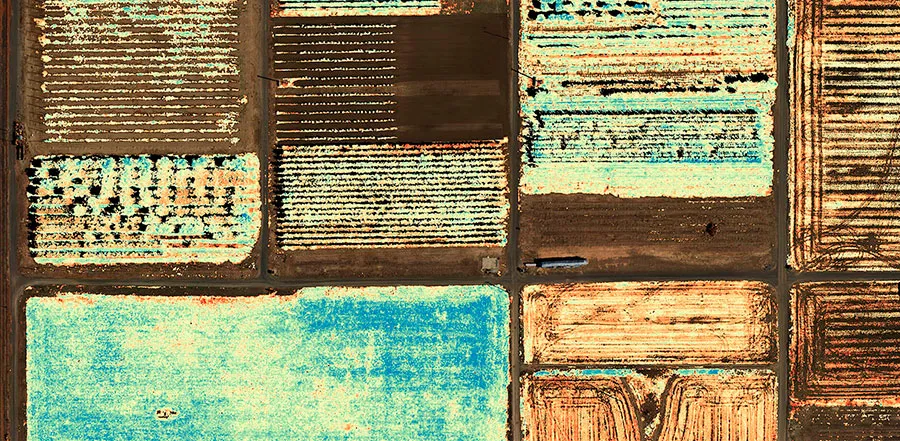
“Healthy vegetation reflects a high level of NIR and appears red in CIR layers. Unhealthy vegetation will reflect less in the NIR and appear as washed out pink tones, very sick or dormant vegetation is often green or tan, and man-made structures are light blue-green. Soils may also appear light blue, green, or tan depending on how sandy it is, with sandiest soil appearing light tan and clay soils as dark tan or bluish green.” – MicaSense
CIR (Color Infrared) Uses:
- Assessing Plant Health
- Identifying Water Bodies
- Variability in Soil Moisture
- Accessing Soil Composition
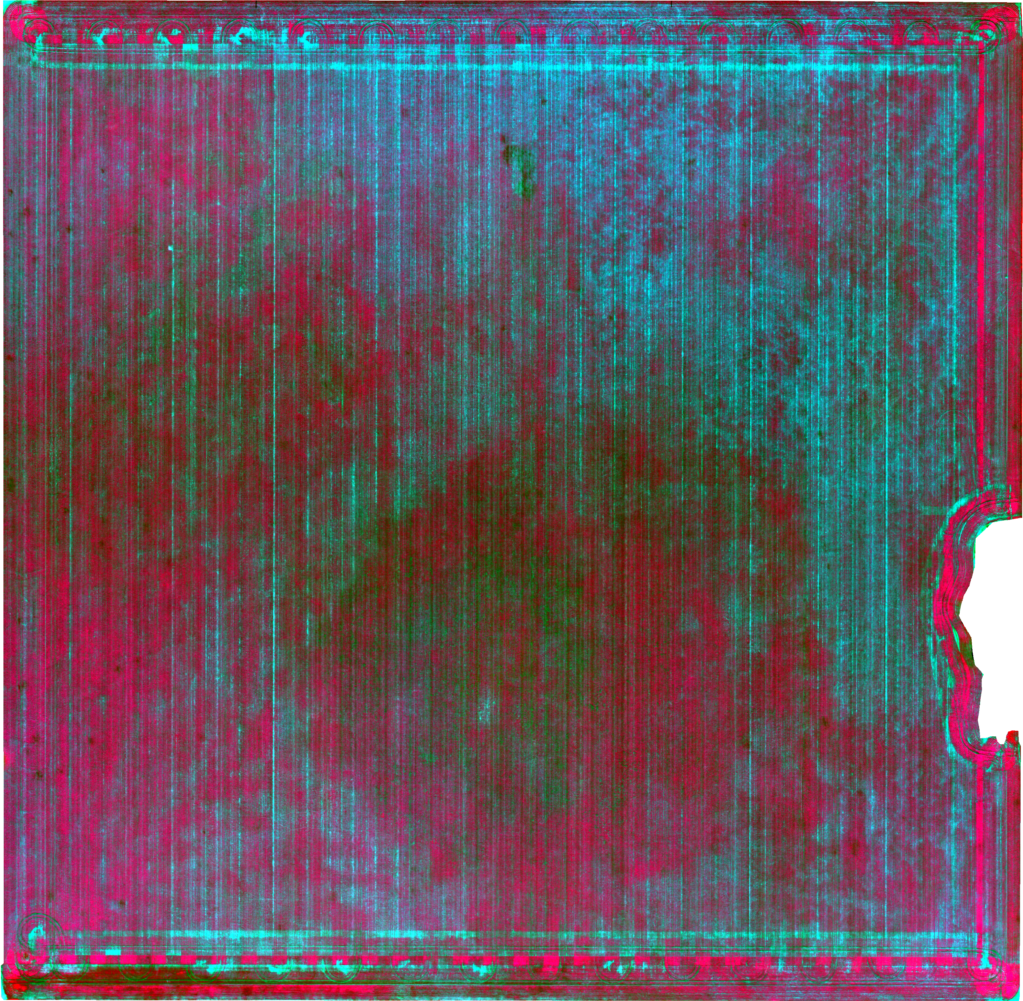
“OSAVI maps variability in canopy density. In addition, it is not sensitive to soil brightness (when different soil types are present). It is robust to variability in soil brightness and has enhanced sensitivity to vegetation cover greater than 50%. This index is best used in areas with relatively sparse vegetation where soil is visible through the canopy and where NDVI saturates (high plant density).” – MicaSense
OASVI (Optimized Soil-Adjusted Vegetation Index) Uses:
- Differenciate Soil Pixels
- Related to LAI at some levels where NDVI saturates
- Accounts for Non-Linear interactions of light between Soil and Vegetation
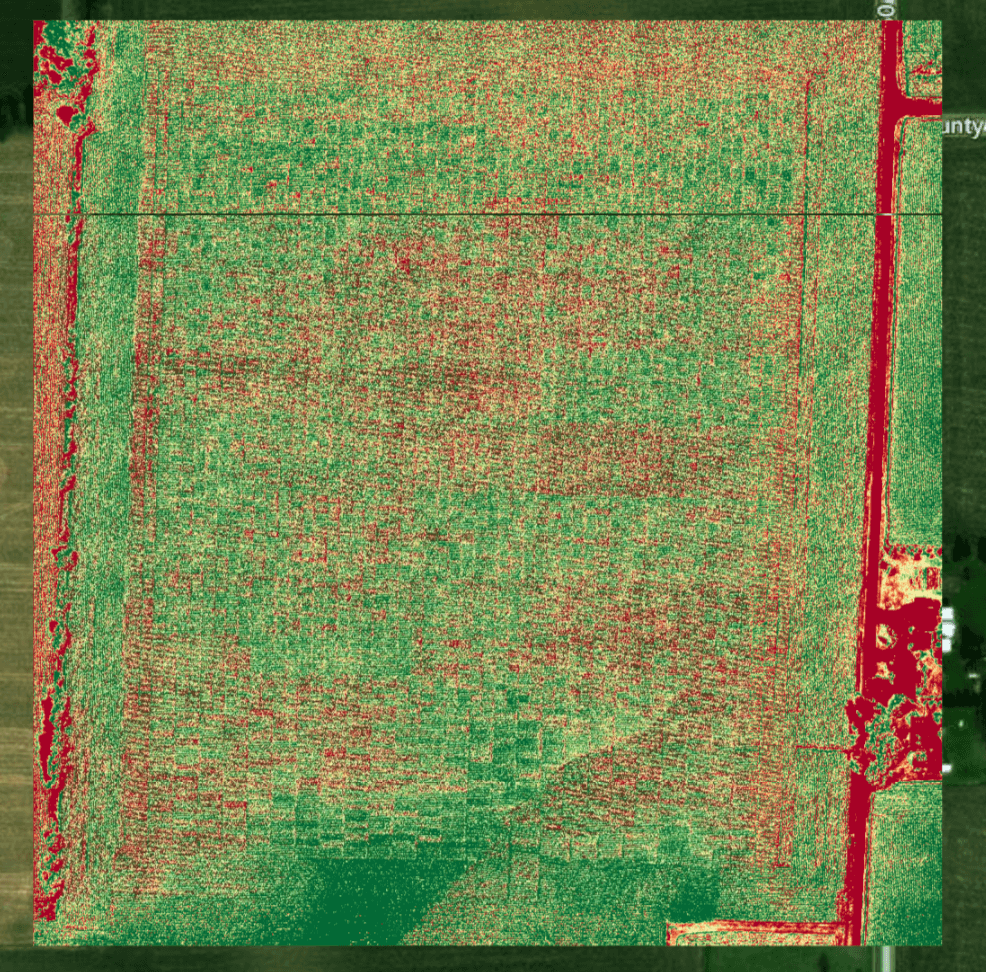
” This layer isolates the chlorophyll signal from variability in leaf area as a function of changes in canopy cover. It has a physiological basis which takes into account the relationship between canopy cover and canopy nutrient content…. Non-plant pixels are excluded and shown as transparent, which in some cases results in plant pixels also being omitted. This layer is less useful for row crops and more useful for vineyards and orchards, as the dense canopy is better at differentiating the Chlorophyll signal.” – MicaSense
Chlorophyll Map Uses:
- Detect Chlorotic Crops
- Stress Detection
- Identify Vigorous, Healthy Crops
- Estimate Chlorophyll Content
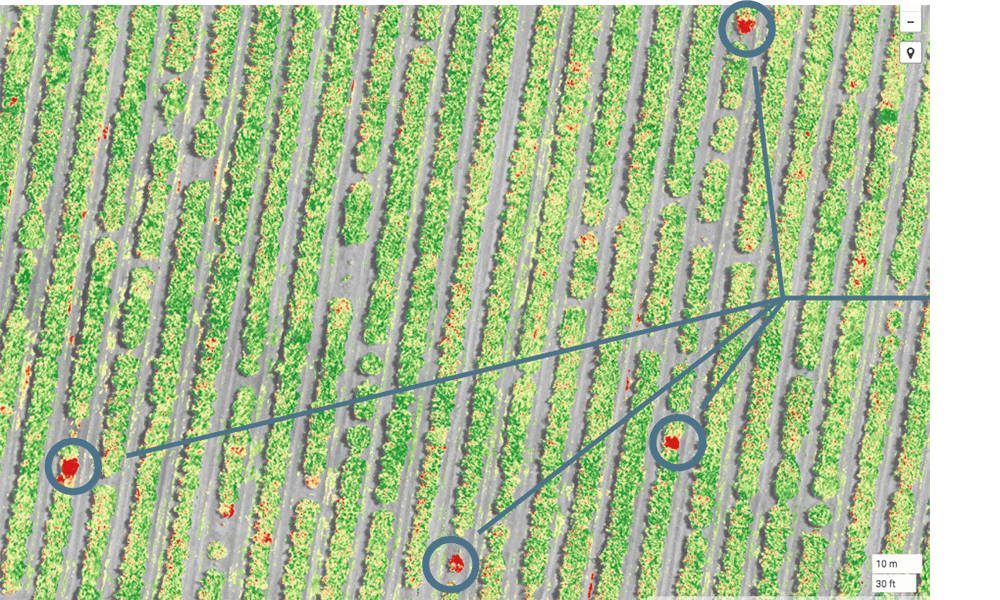
Information courtesy of micasense.com
Take Swift, but Efficient Action
Ease of Operation
Performing flights autonomously is as simple as drawing out your field. The sUAS will automatically prepare the route, synchronize the information, and land right where it started. If the battery were to run low mid-flight, the drone will return back to you for a new one. Once this is done, it will return to it’s previous point and continue the flight.
Easily assess all of your data through the available software at any time. Compare as the season progresses, add note of the findings during the Ground Inspections, Share Data with others, and stay in touch as the software takes care of the difficult part.


